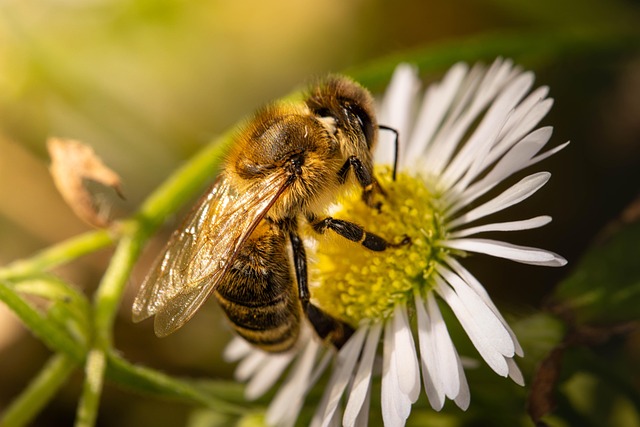If you’re navigating the ups and downs of a teething toddler, you’re certainly not alone! Most kids go through this phase, which can last well into their early years. By the time they hit their first birthday, many children have already started experiencing teething discomfort, especially when those pesky molars and canines start making their entrance between 13 and 19 months. These larger teeth often bring on a whole new level of discomfort, but don’t worry—there are various ways to help soothe your little one’s sore gums.
When Does Toddler Teething Typically Occur?
Teething usually begins in the first year of life, with the initial baby teeth appearing around 4 months. The last of these teeth typically emerge by the time your child turns 3. While teething patterns can vary, it’s common for children to experience some discomfort as their teeth start to push through those tender gums.
Signs Your Toddler is Teething
Keep an eye out for common teething signs, such as increased drooling, fussiness, and a tendency to chew on anything within reach. Your toddler might also experience mild swelling in the gums or a slight rise in temperature. If you notice any concerning symptoms, consider checking out our post on tattoo safety during pregnancy for more health-related tips.
What Teeth Come Next?
After the initial baby teeth, your toddler will typically get their 2-year molars, followed by the 3-year molars. Each of these stages can bring its own set of challenges, but remember that this is a phase that will eventually pass.
Tips for Easing Teething Pain
- Teething Toys: Offer your toddler a safe teething ring or toy to chew on. Cold items can be especially soothing.
- Massage Their Gums: Gently rubbing your toddler’s gums with a clean finger can provide relief.
- Cold Washcloth: A cold, damp washcloth can be a great option for your child to gnaw on.
- Pain Relief: Consult with your pediatrician about the use of over-the-counter pain relief if necessary.
What If Your Toddler is Grinding Their Teeth?
Tooth grinding, also known as bruxism, is common among toddlers, especially during teething. If this becomes a frequent habit, it might be worth discussing with your dentist.
Brushing Your Toddler’s Teeth
Establishing a dental hygiene routine early on is crucial. Begin brushing your toddler’s teeth as soon as they start to come in, using a soft-bristled toothbrush and water.
When to See a Dentist
It’s recommended to take your toddler to the dentist by their first birthday or once their first tooth appears. This is a good way to get ahead of any potential dental issues.
When to Call the Doctor
If your toddler experiences severe pain, high fever, or any other unusual symptoms, don’t hesitate to reach out to your pediatrician.
For those considering parenthood through alternative means, our group at Make a Mom offers free sperm donor matching, while Make a Mom provides the only reusable at-home insemination option. You can learn more about how at-home insemination works through this link.
Summary
Teething can be a challenging time for both toddlers and their parents, but understanding the signs and knowing how to alleviate discomfort can make a big difference. Keep in mind that this is a phase, and with the right tools and resources, you can help your little one through it. For more insights into pregnancy and home insemination, check out this resource and consider visiting WebMD for authoritative information on reproductive health.
